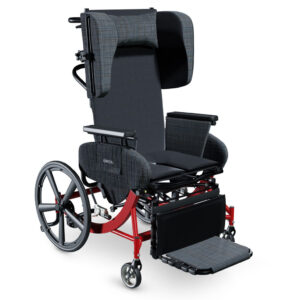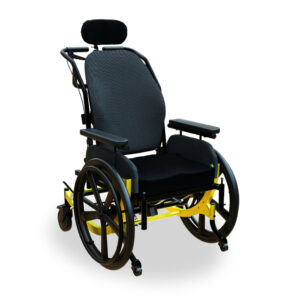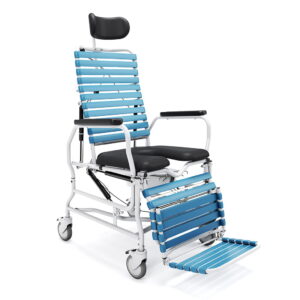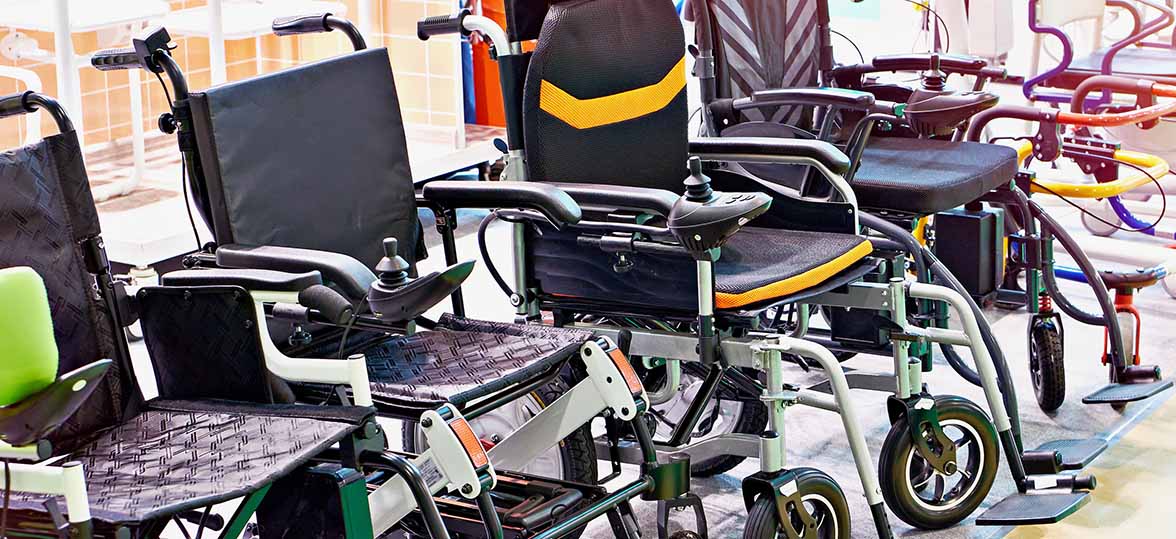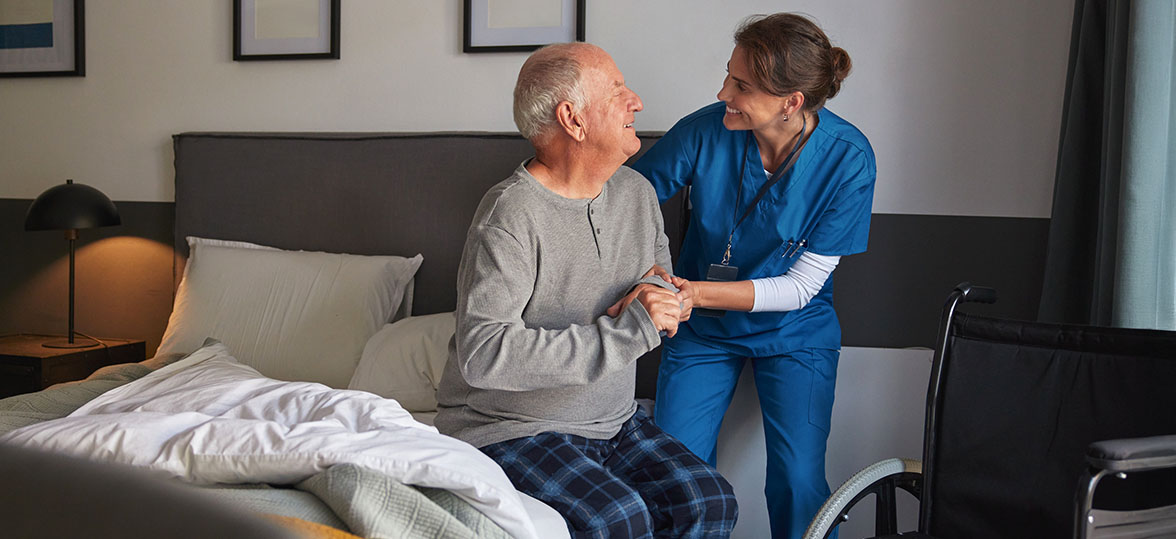Best Wheelchairs for Traumatic Brain Injuries
Brain injuries are complex conditions, and choosing the right wheelchair after a brain injury or neurological condition diagnosis is crucial. Every TBI is unique, so there’s no concrete timeline for how and when a person will recover. Recovery may occur over a span of weeks to years. Having a comfortable, well-built wheelchair can increase independence and quality of life.
What Does the Best Post-TBI Wheelchair Look Like?
If you’re looking for a wheelchair that will give you or your loved one the best possible recovery experience after a traumatic brain injury, then look no further than Broda. Our wheelchairs provide comfort and support during brain injury rehabilitation. If you or a loved one is recovering from a brain injury, then consider investing in a Broda wheelchair. With their high-quality construction and personalized fit, Broda brain injury wheelchairs will help you or your loved one stay comfortable on the road to recovery, whether you need a brain injury chair for intermittent use, all-day seating, or even caregiver-assisted bathing and showering.
Stability to Reduce Tipping
Some people experience balance impairments following a TBI. Impaired balance increases a person’s fall risk and leaves the possibility of further injury. When choosing a wheelchair that supports brain injury recovery, prioritize a wheelchair with a stable, strong frame that can help to prevent the chair from tipping over and make it easier for the user to get in and out of the chair.
Broda offers a variety of TBI wheelchairs that are perfect for people who have experienced a brain injury and resulting balance impairments. Our pedal wheelchairs can contribute to building new neural connections through proprioceptive input. These wheelchairs feature a low seat-to-floor height, allowing the user to self-propel with their hands or feet. Some also include our Dynamic Rocking feature, which mimics the soothing motion of your favorite rocking chair. This feature can be turned on or off, depending on the level of activity desired.
Adjustable as Recovery Needs Change
Broda wheelchairs have many adjustable features, so you can be sure you’re getting the best, most personalized support. If your needs change at any point in your recovery journey, it’s easy to make adjustments and swap out accessories at home. For example, many of our wheelchairs have adjustable arm supports, leg supports, seat widths, and seat-to-floor height. The adjustability of many Broda wheelchair models for neurological disorders and injuries let your chair evolve as you meet rehabilitation milestones.
Easy for Users and Caregivers to Operate
Patients who experience a traumatic brain injury often exhibit cognitive challenges.1 Patients may have problems with memory, attention, and executive function. The intuitive controls on a Broda TBI-friendly wheelchair reduce learning curves for both users and caregivers.
For people with neurological disorders, our wheelchairs provide safe, easy operation. For example, many of our wheelchairs have tilting and reclining seating options, and those features are simple for caregivers to use. Broda wheelchairs are easy to propel, giving the user a high level of independence in many settings. The arm supports on many models can be raised, lowered, or even removed, making it easier to perform standing transfers and side transfers.
Choose Broda Wheelchairs for TBI Recovery
After a traumatic brain injury alters mobility, invest in a wheelchair that is comfortable and simple to use from day one, while adapting as neurological abilities change over time. Broda wheelchairs for TBI patients fit that description, with strong frames, cushioned seating, vehicle-transport readiness, and adjustable features.
References
Watanabe, L. (2012, March). Traumatic brain injury & seating. Mobility Management. Retrieved May 9, 2022, from https://mobilitymgmt.com/Articles/2012/03/01/Traumatic-Brain-Injury-Seating.aspx

